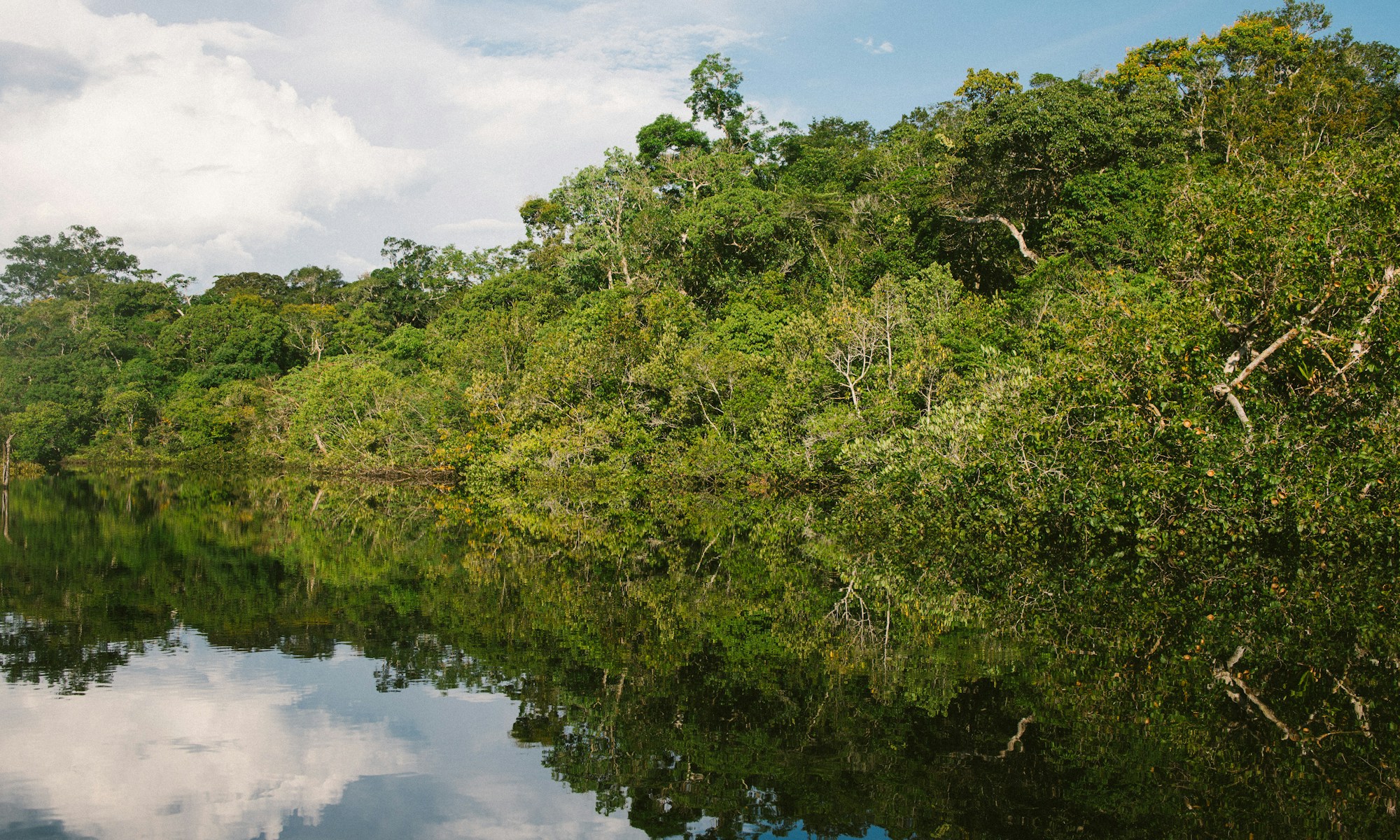15 October 2025 – by Yumna Kamel

Photo by Yumna Kamel / Earth Refuge
In August 2025, I was invited by Simon Measures, Chairman of the Save Hemsby Coastline (SHC) campaign, to visit the small coastal village of Hemsby in Norfolk to get an understanding of the scale of coastal erosion, and the resulting displacement of the community. Simon has spent years campaigning for meaningful action to protect this community: rallying residents, petitioning politicians, using his own two hands to clear debris and build coastal defences, and speaking out about the reality of living on a coastline that is disappearing beneath their feet.
SHC is a volunteer-led charity formed by local residents determined to defend their homes and raise awareness of the escalating coastal erosion crisis. SHC has challenged the UK government’s climate adaptation plan in UK courts, and with support from Friends of the Earth and local campaigner Kevin Jordan, has now taken a landmark case to the European Court of Human Rights over the state’s failure to safeguard coastal communities
This is not a slow-moving environmental issue; it’s an immediate emergency. I was told that, in Hemsby, time is measured not in years, but by storms.
With its arcades, fish-and-chip shops, and a funfair in the village centre, Hemsby is the kind of seaside spot that stirs nostalgia for British summers gone by. It is not lost on me, or on Simon, that Hemsby is not the sort of place that one calls to mind when asked to picture a “climate refugee”. It is a predominantly white, English, coastal town.
But walk just a few hundred metres towards the sea, and the illusion shatters.

That morning, I learned that the cliffs had eroded by 40 centimetres overnight. Forty centimetres, gone before breakfast. The scale and speed of Hemsby’s coastal loss are staggering. The North Sea is advancing relentlessly, and the community that has lived on this fragile edge for generations is fighting to keep its footing.
This blog seeks to bring awareness to the damage in Hemsby – to the coastline, to its people – and to the recent developments that threaten to accelerate the erosion of both land and community. I hope it helps people understand what’s at stake, and how they can stand in solidarity.
Walking the edge

Simon led me along the beach to the south of the village, where the scale of erosion is shocking. Entire stretches of sand dunes have collapsed, leaving gaping sand cliffs that crumble at the lightest touch. Wooden staircases, which just two years ago you could walk down to reach the water, now hang mid-air, leading nowhere.
Further along stand the remnants of homes: now demolished, leaving just the remains of people’s lives. Simon shared that the people – friends and neighbours – who lived in those homes were given barely any time to pack up their lives and go elsewhere.
In 2023 alone, five to seven houses were lost in a single night. The council frames such actions in terms of safety, but locals shared that they see something far starker: erasure. Once homes vanish, they’re erased for good – and with them, the histories, memories and neighbourhood ties they held.
Just this week, more homeowners have been informed by the council that their homes are soon to be demolished. Simon has said that the homes may have held out longer, but the council decided it was safer to take them down.
The trauma of abrupt relocation is deep. Some residents have lived in Hemsby all their lives; others spent decades saving to retire here. Many have no way to secure a new mortgage or find affordable housing elsewhere. Relocation plans rarely factor in the reliance on community support and mutual aid networks, making vulnerable people even more isolated. As neighbours disperse, the ties that held people together fray, and many find it difficult to remain in touch.
Living with the consequences

The physical and emotional burden of coastal erosion on residents is immense. They are not simply losing roofs over their heads; they are losing their sense of grounding.
Isolation compounds mental health strain. Particularly for older residents, disappearing roads and imminent displacement worsen anxiety and deepen loneliness.
The erosion has alarming physical and public health consequences too. As infrastructure crumbles, basic home necessities vanish. Due to disconnection as the result of loss of roads, some households have had to forego plumbing and are made to manage and empty their own cesspits. As a result, and for the sake of hygiene and safety, several families instead make trips into the village to use public toilets which may or may not be open at various times of day or night. It’s humiliating and risky, especially in poor weather or for those with mobility issues.
Yet even amidst this, a spirit of community endures. Neighbours support each other. In conversations, Simon recounted how community members try to uplift one another both at times of crisis (by driving to the scene of destruction to clear the damage of a collapsed road with their own hands, or the local publican opening up her pub for the community to huddle in and weather a storm), and in the small daily moments, too. He shared that his goal is to leave whoever he meets happier than when he first bumped into them.
Tourism is a double-edged sword

Hemsby’s charm – its beautiful beach, its arcades and funfairs – draws thousands of tourists every summer. That influx is vital to the local economy, contributing roughly £88–£90 million a year to Norfolk County, but it also tangibly worsens the severity of what’s happening.
Tourists often disregard erosion warnings: they walk across fragile dunes, trample protective vegetation, ignore danger signs, leave litter, and sometimes venture into areas blocked off for safety. These actions accelerate the damage. Some wander too close to unstable cliffs and debris, risking severe injury – all while the nearest main hospital, James Paget, is about a 12-mile drive away in Great Yarmouth.

So, tourism has become both Hemsby’s lifeline and its curse: essential for income, yet actively hastening its destruction.
When we paused for a tea break, a curious tourist approached us. She told us she has been visiting Hemsby for years, and over time has watched the coastline recede dramatically – confirming to us that even outsiders can see what locals have known all along.
Coastal erosion is not a priority

Hemsby’s struggle is magnified by national priorities and blunt policy frameworks. Simon explained that, across the UK, the focus remains almost exclusively on flooding. Ministers have visited and presided over consultations that SHC actively participated in – and even then, the resulting publications centred upon flood risk, with scant meaningful mention of coastal erosion.
Much of Norfolk lies less than one metre above sea level, yet funding for coastal defence is patchy and episodic. Simon pointed out that, by contrast, the Dutch, with around 450 kilometres of coastline, operate under a national strategy for erosion management. The Dutch agenda shows that proactive, coordinated coastal defence can be achieved. For instance, sand replenishment is used, with about 12 million m3 of sand deposited yearly on the beaches and below the waterline in front of the coast. In the UK, thousands of miles of coastline – regardless of the Coastline Paradox, which asserts that “length” is not a well-defined measurement for complex natural shapes like coastlines – fall under a fragmented array of local committees and funding programmes. The difference in approach is stark.
A new blow for residents
Hemsby’s people now face a fresh challenge from their own local authority. The council recently announced plans to dismantle the few remaining coastal defences, and to identify further homes for demolition – a decision widely described by the community as a “kick in the teeth”.
The council frames this move as a matter of public safety, but many locals see it as damage control: avoiding bad publicity rather than protecting people. One homeowner, Kevin Jordan, had his house demolished two years ago under the banner of safety; today, the perimeter still stands, suggesting he might have remained in Hemsby if given the chance.
Each demolition further fractures Hemsby’s future. The council’s compensation scheme – offering modest payments tied to lost planning rights – provides no realistic path forward. Most people who live in Hemsby are retirees or live on fixed incomes, which poses the question: how could they afford to buy or build somewhere new? According to Simon, some still live in B&Bs years later. This isn’t just short-sighted; it’s deeply unfair.
Hemsby’s story is one of multiple crises converging:
- Rapid coastal erosion, reshaping land overnight
- Mental and physical health strain from continual fear, loss, and deteriorating living conditions
- Tourism’s double edge: vital to the economy yet worsening the damage
- Policy neglect, with coastal erosion sidelined in national climate strategy
What you can do
The people of Hemsby, led by Simon and SHC, are doing all they can — but they cannot hold the line alone. SHC continues to campaign tirelessly to secure funding for its legal fees, rebuild defences and bring national attention to the overlooked crisis of coastal erosion.
When I asked Simon what people beyond Hemsby could do, he was emphatic: make as much noise as possible. Hemsby sees itself as the canary in the coalmine for other coastal communities in the UK that will soon face this battle.
You can support Save Hemsby Coastline campaign by:
- Sharing the stories of individual residents, as well as of the community as a whole
- Becoming a member of their campaign (for free) to show that there is power in numbers
- Donating to the Save Hemsby Coastline campaign to help to cover the various costs of the community’s legal challenges, as well as to support their advocacy and community coastal defence initiatives
- Contacting your local MPs and councillors to raise awareness for coastal erosion in the UK, highlighting the challenges faced by Hemsby’s residents
Because if Hemsby falls, others will follow, and the tide will not wait for politics to catch up.



















